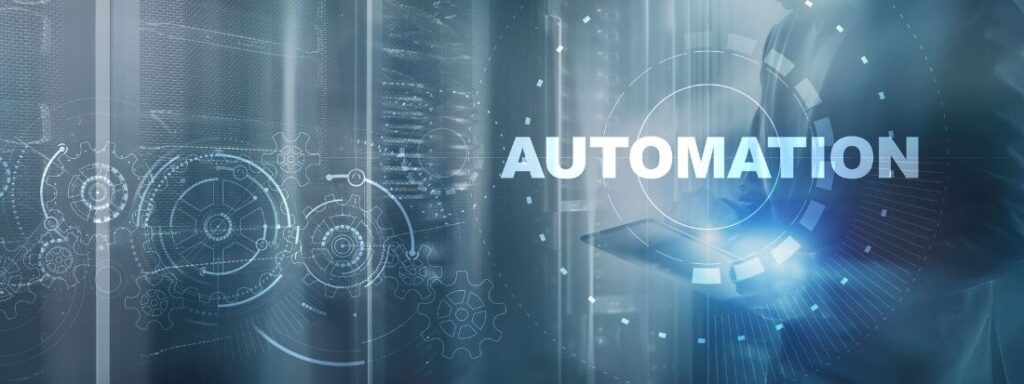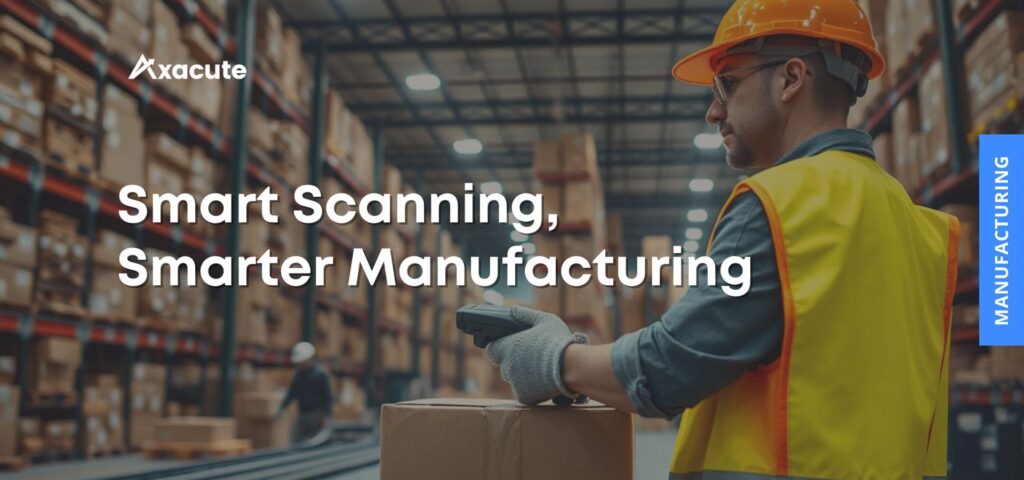Why Human-Centered Automation is Important in the Manufacturing Industry

What is Human-Centered Automation
Before exploring the benefits of human-centered automation in manufacturing, it is important to first define the concept. In simple terms, human-centered automation takes a design approach that prioritizes human needs, capabilities, and preferences within the automation process. Moreover, this approach aims to build a balanced relationship between humans and machines by recognizing the strengths and limitations of both.
Over the years, manufacturing has experienced significant advances in automation. For example, technologies such as assembly line robots and predictive maintenance systems have transformed the way products are made. However, as automation becomes more prevalent, companies must also consider its impact on employees. Therefore, human-centered automation focuses on creating a workplace that not only enhances safety and efficiency but also provides a more enjoyable and supportive environment for employees.
Benefits of Human-Centered Automation in the Manufacturing Industry
Improved Safety
Safety remains a top priority in the manufacturing industry. Because heavy machinery and hazardous materials are often involved, accidents can lead to serious consequences. Fortunately, human-centered automation helps lower these risks by assigning dangerous tasks to machines. For instance, collaborative robots (cobots) can work alongside humans to handle heavy lifting or repetitive tasks. As a result, the risk of injury decreases while employees gain more time to focus on tasks that require uniquely human skills, such as problem-solving and decision-making.
Increased Efficiency
Efficiency is another critical factor in the manufacturing industry. Human-centered automation enhances efficiency by automating repetitive or time-consuming tasks. For example, augmented reality (AR) provides employees with real-time instructions, which in turn reduces the time required to complete tasks. In addition, Internet of Things (IoT) devices continuously monitor equipment and detect potential issues early, thereby preventing them from developing into major problems.
Reduction in Costs
Cost reduction is another key benefit in the manufacturing industry. By assigning tasks to machines, companies lower labor expenses while also improving productivity. Furthermore, human-centered automation helps cut costs by minimizing downtime and enhancing product quality. For instance, predictive maintenance systems detect equipment issues before they cause breakdowns, which reduces the need for expensive repairs and keeps operations running smoothly.
Higher Quality Products
Quality improvement is another major advantage of automation. By reducing the risk of human error, companies can deliver better and more consistent products. For example, artificial intelligence (AI) analyzes data and identifies patterns that lead to higher product quality. In addition, machines can be programmed to perform tasks with greater precision, resulting in products that are more consistent and accurate.
Improved Employee Satisfaction
Employee satisfaction plays a vital role in the success of any industry. By adopting human-centered automation, companies can build a work environment that is not only safer but also more efficient and enjoyable for employees. As a result, businesses often see higher job satisfaction, lower turnover rates, and stronger overall productivity.
Examples of Human-Centered Automation in the Manufacturing Industry
Collaborative Robots
Cobots are robots that can work alongside humans to perform tasks. They are designed to be safe and easy to use, and can be programmed to perform a variety of tasks. Cobots can help reduce the risk of injury by handling dangerous or heavy tasks, allowing employees to focus on tasks that require human skills.
Augmented Reality
Augmented reality (AR) technology enhances how employees work by delivering real-time instructions and information. For instance, an AR headset can display step-by-step guidance on assembling a product, which reduces the time needed to complete the task. In addition, AR supports training by allowing employees to practice tasks in a virtual environment, thereby improving skills and confidence before working on the production floor.
Internet of Things
Internet of Things (IoT) devices play a crucial role in modern manufacturing by monitoring equipment and collecting real-time data. This information helps identify potential issues before they escalate into major problems, thereby reducing downtime and boosting productivity. Furthermore, IoT solutions track inventory levels to ensure that the right materials remain available whenever they are needed, supporting smoother production flow.
Artificial Intelligence
Artificial intelligence (AI) enhances manufacturing by analyzing data and identifying patterns that drive product quality improvements. For instance, AI algorithms process sensor data to detect anomalies and predict equipment failures before they cause disruptions. In addition, AI helps optimize production schedules, which reduces waste and increases efficiency across the operation.
Challenges of Implementing Human-Centered Automation in the Manufacturing Industry
While there are many benefits to human-centered automation, there are also several challenges that must be addressed. Here are some of the most common challenges:
Initial Costs
Implementing human-centered automation can be expensive, particularly for small businesses. The initial costs of purchasing equipment and retraining employees can be a significant barrier to adoption.
Retraining Employees
Implementing human-centered automation often requires retraining employees. This can be a time-consuming process, and some employees may resist change.
Integration with Existing Systems
Human-centered automation systems must be integrated with existing systems, such as enterprise resource planning (ERP) systems. This can be a complex process that requires careful planning and coordination.
Cyber Security Risks
As with any automated system, human-centered automation is vulnerable to cyber attacks. Companies must take steps to protect their systems from hackers and other cyber threats.
Strategies for Implementing Human-Centered Automation in the Manufacturing Industry
To successfully implement human-centered automation, companies must have a clear plan and strategy. Here are some strategies for implementing human-centered automation in the manufacturing industry:
1. Identify areas for improvement
The first step in implementing human-centered automation is to identify areas that can be improved. This may involve analyzing data and identifying bottlenecks or inefficiencies in the production process.
2. Create a plan for implementation
Once areas for improvement have been identified, a plan for implementation must be created. This plan should include a timeline, budget, and a list of necessary equipment and resources.
3. Communicate with Employees
Employees must be involved in the implementation process from the beginning. This includes providing training and support, and addressing any concerns or questions they may have.
4. Prioritize Safety and Efficiency
Human-centered automation should be designed to improve efficiency, not replace human workers. By automating repetitive or dangerous tasks, employees can focus on tasks that require human skills, such as problem-solving and creativity.
5. Measure Success
To ensure the success of human-centered automation, companies should establish metrics for measuring progress and success. This may include metrics such as productivity, quality, and employee satisfaction.
Conclusion
Human-centered automation is an important concept in the manufacturing industry. By combining the strengths of humans and machines, companies can improve productivity, efficiency, and product quality. However, implementing human-centered automation requires careful planning, communication, and investment. Companies that are successful in implementing human-centered automation will see improved employee satisfaction, higher quality products, and increased profitability.
Categories
- Axacute Highlights (3)
- Blog (146)
- Distribution (4)
- Features (5)
- Industry (2)
- Inventory (67)
- Manufacturing (72)
- Production (33)
- Technology (30)
- Warehouse (66)
- Wholesale (2)
Related
Benefits of an Inventory Management System
The Hidden Costs of Manual Inventory Management for SMEs
Improve Inventory Management and Cut Waste with Axacute
Smart Scanning, Smarter Manufacturing
Real-Time Warehouse Alerts: How to Prevent Stockouts
Connect Axacute to Your ERP for Smarter Operations
Intelligent Warehouse Setup
Level up your productivity
Get started with Axacute and improve your business operations.








